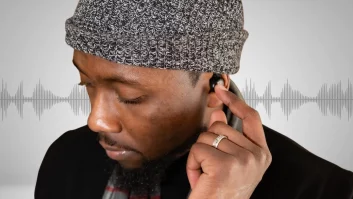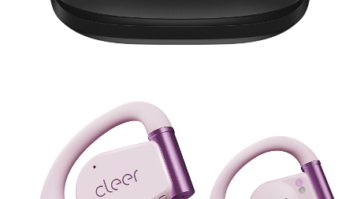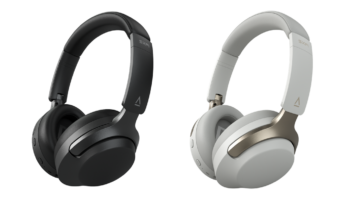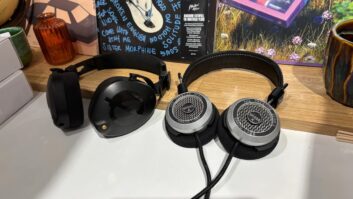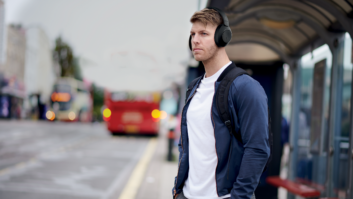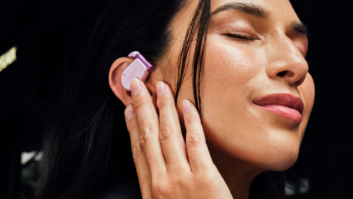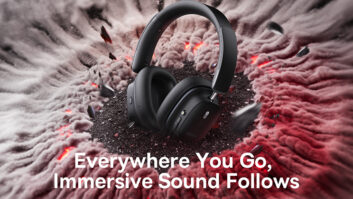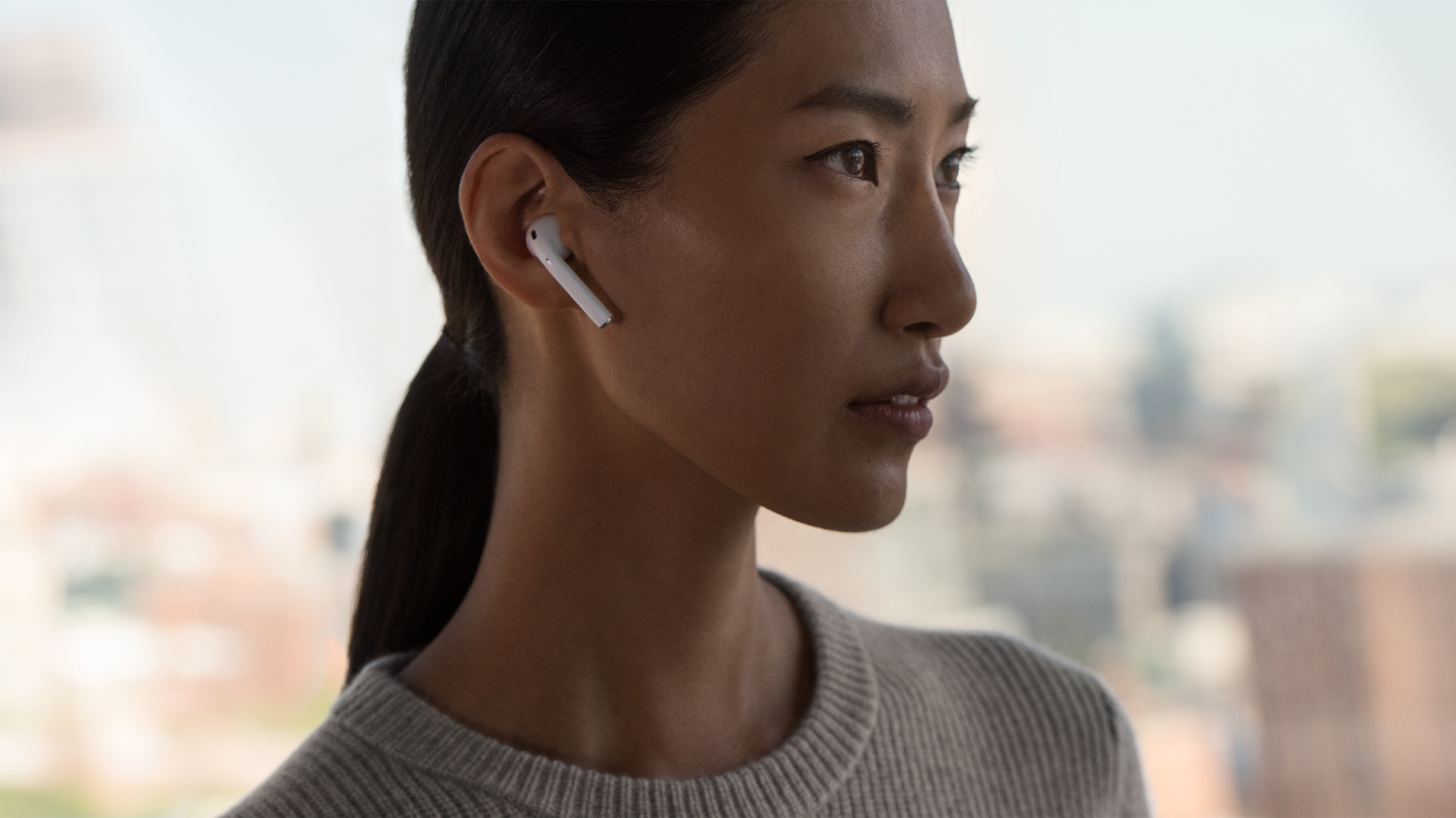
Anyone traversing sidewalks, trains, buses and running paths have noticed the white sticks sticking out of the ears of a growing number of people. Apple’s completely wireless AirPods — a type of completely wire-free earbuds that wirelessly connect via Bluetooth not only to a smartphone or music player but to each other — are ever-present, a new cultural must-have.
Yes, Apple dominates this new “true” wireless category, also referred to as “hearables” to differentiate them from more traditional behind-the-neck wireless Bluetooth earphones. According to The NPD Group, Apple accounts for 86 percent of the dollar volume in this nascent headphone sub-category category.
But Apple’s early dominance of the true wireless market doesn’t mean other manufacturers — and non-Apple retailers — can’t or won’t get involved.
See: Hearables Could Become All Day, Every Day Thanks To Qualcomm
“Apple has earned its large share for now by leading the pack in two features consumers really like: tight integration with the iPhone and Siri, and its development of the W1 chipset that has offered easy and highly reliable pairing,” explained Robert Heiblim, principal of BlueSalve Consulting. “Many other headphones on the market have lagged Apple in both these elements, but we know this will change rapidly as Alexa and Google Assistant integration is coming full strength and newer Bluetooth chipsets improve and simplify connections.”
Thanks to the buzz generated by Apple and its AirPods, true wireless buds are quickly transforming from a “what if I lose one” curiosity niche into a mainstream category. According to Futuresource Consulting’s latest “Worldwide Headphone Report,” true wireless earphones accumulated only .4 million in unit sales worldwide in 2016, but ballooned to 11.5 million last year, a tiny but growing portion of the 350 million headphones sold. In the U.S., NPD’s U.S. Retail Tracking Service reports that truly wireless ear buds saw a 17-point dollar share growth and 11-point unit share growth in 2017 vs. 2016.
See: 10 Headphones That Want To Give Beats A Run For Its Money
Like AirPods, all true wireless buds include a battery pack to triple, quadruple and even quintuple their relatively meager three- to five-hour battery life. Most incorporate noise-suppression technology and modes to hear ambient noise and even conduct conversations without removing one or both buds, and either sweat- or waterproofing.
“As more traditional audio companies enter this market, I think we will see an added emphasis on sound quality in truly wireless earbuds,” noted Ben Arnold, NPD executive director and consumer electronics industry analyst. “Already, we’ve seen sub-segments in the market emerge around fitness via heart rate sensors and hearing assistance and augmentation via adaptive noise canceling.”
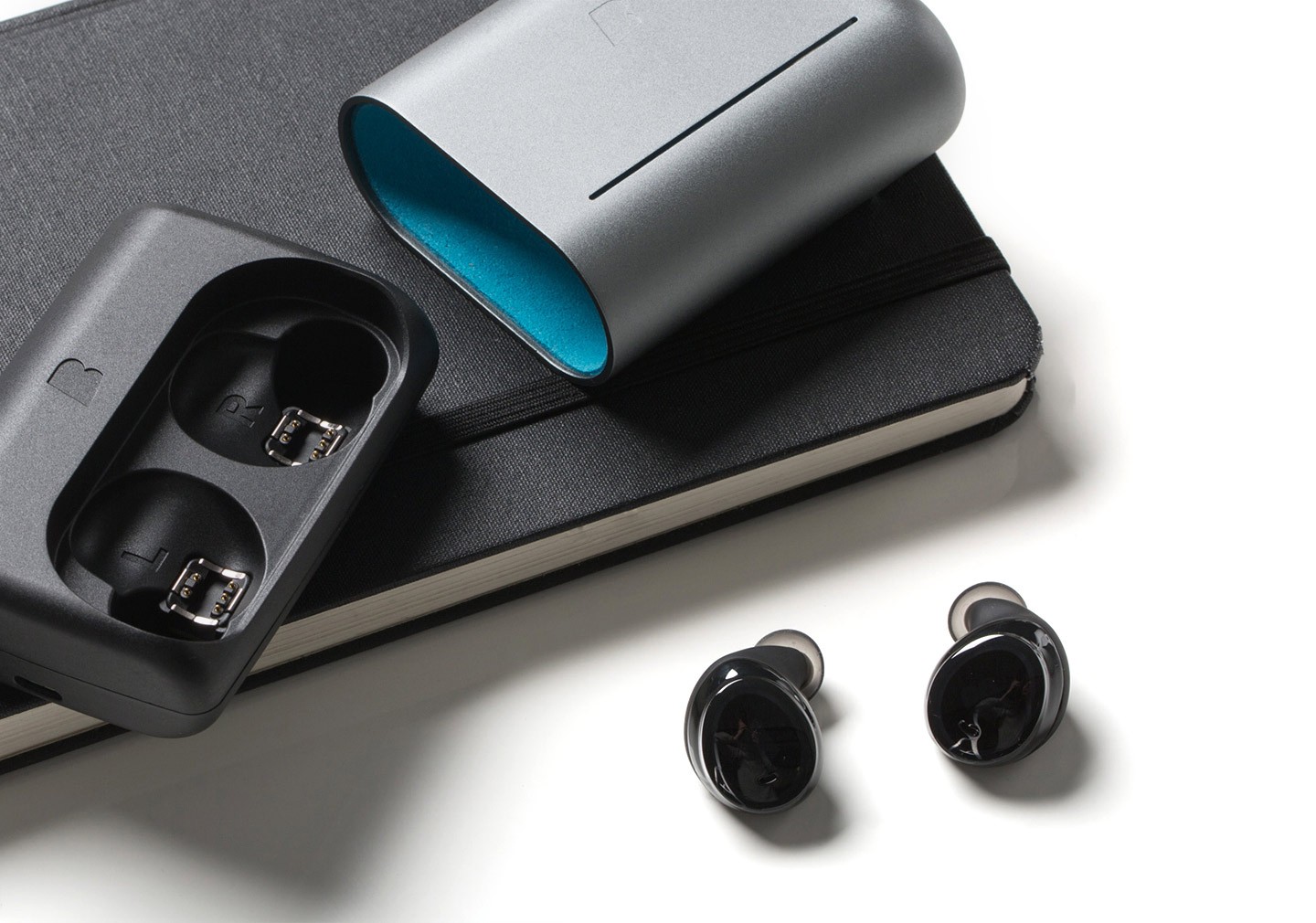
Bragi, for instance, calls its Dash Pro an “in-ear assistant.” Designed with hearing aid maker Starkey, the Dash Pro includes not only an array of workout and fitness features, but iTranslate, a built-in language translator sort of like “Star Trek’s” universal translator. In April Nuheara started shipping its second-gen IQbuds Boost designed to also aid the hearing impaired thanks to its proprietary Ear ID that automatically calibrates varying listening and hearing settings. And Jabra’s pending third-generation Elite 65t and Elite Active 65t buds have added smart voice assistant access.
“Look for an avalanche of new products closing the gap with Apple,” adds Heiblim. “Consumers can be sure they will have plenty to choose from.”
NPD’s Arnold echoed this, addressing the challenges non-Apple CE retailers may face when selling this category. “I think one way retailers can compete is if the rest of market outside of AirPods develops interesting and compelling products,” he said. “We could also see segments of this market that cater to specific users such as fitness — via embedded sensors — or audio enthusiasts with high-end audio that can play to the strengths of other retailers.”




